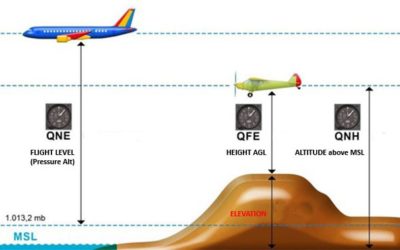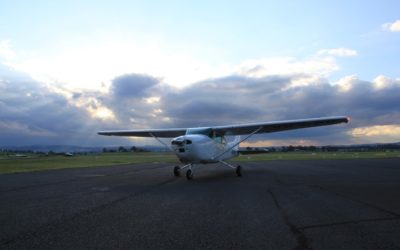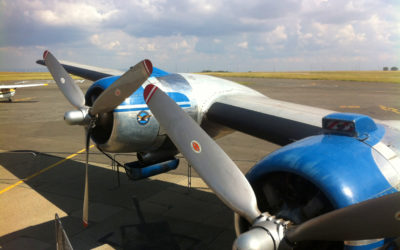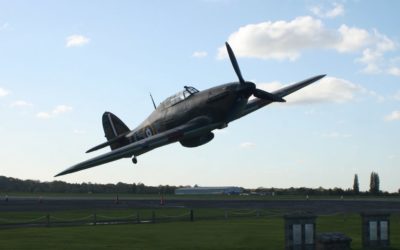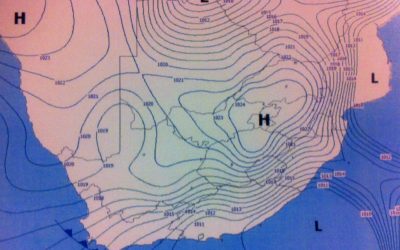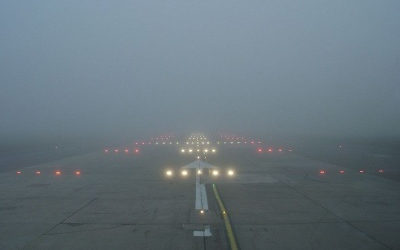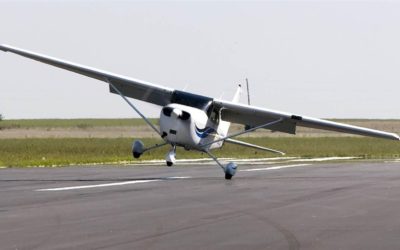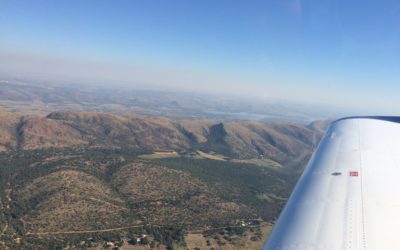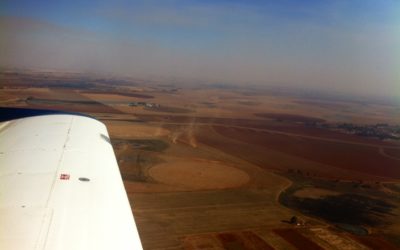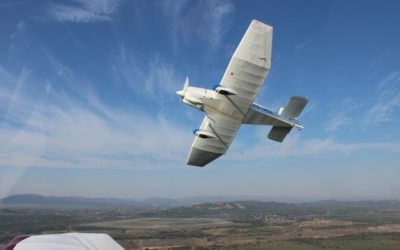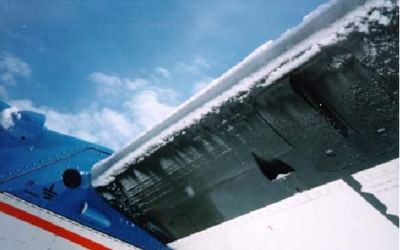Meteorology
What is the effect of switching between QNE and QNH altimeter settings?
Most airports have a published transition altitude, and this is the point, when in a climb that you would change over from the local QNH setting to the QNE, or standard setting of 1013hPa. But what is the actual effect of this change?
Should you fly in cold front conditions?
Cold fronts are a common phenomena at certain times of the year, and just like thunderstorms, a good understanding of them will go a long way in helping you to plan your flight, and of course, keep you safe.
What is ISA temperature deviation, and why should you calculate it?
Let’s start with a brain jiggle – if the actual outside air temperature (OAT) differs from the ISA for the particular altitude or flight level that you are at, then this will affect your aircraft’s performance…
What is the difference between Cloud Base and Ceiling?
it is important to understand the requirements, with regards to distance from clouds, not just to stay in the legal limits if you are VFR, but to ensure the safety of your flight. Understanding the difference between cloud base and cloud ceiling seems a challenge, but it actually isn’t!
Windshear Encounters – How to identify and handle them like a Pro
You are coming in for a landing, seem to be holding that perfect 3° glide slope and your speed is spot on. Then without warning, your indicated airspeed shows a significant decrease even though you are well-trimmed for straight and level – what on earth is going on, you might wonder?
How a change in temperature en-route will affect your flight.
Ever thought that the ground looks closer even though your altimeter is still reading the same altitude? We look at how a temperature change will affect your flight and how to correct for it.
How temperature and dew point can help you determine flying conditions
Relative humidity, and dew point are important factors to you as a pilot, as it can help you determine what possible weather you may encounter en-route, and where the dangers lurk.
Determining wind direction – without a windsock
The fact is, apart from your aerodrome, it is unlikely that you will find windsocks conveniently placed on your route, nor will every area be covered by ATIS reports, so how do you determine wind direction?
Why You need to take care when flying from high to low pressure areas
When starting flying lessons, we are given a lot of sound advice, but over time, especially if you don’t fly longer cross country trips on a regular basis, the warnings become faded and are sometimes forgotten. One of these wicked phrases that we were all taught is ‘High to low, careful go!’, but understanding what this means can be a challenge.
How temperature inversions affect flying conditions
If you have ever flown over, or near, any big city on a cold winter’s morning you may have noticed a ‘dirty’ layer of air in your path. This is most likely an inversion layer, and without understanding the causes leading to its presence, it could challenge your piloting skills
What is RVR – Runway Visual Range?
RVR, or Runway Visual Range is something that you will usually hear on an ATIS report or see on the Metar when visibility is on the poor side, it is also the main criteria for instrument approaches, but what exactly is it?
How to Calculate the Crosswind Component ‘on the fly’
When crosswinds present themselves, these can quickly throw you off the runway if you are not prepared. Here’s how to calculate how much of a crosswind you have…
What is Pressure Altitude?
Pressure altitude is the altitude in the standard atmosphere at which the pressure is the same as the existing pressure…
Downdrafts – What should you do?
The trouble with downdrafts, just like wind, is that you usually cannot “see” these things coming, but only the effects. Downdrafts can cause pants-wetting moments, or even be lethal if you are unprepared or have little idea of what is happening.
10 Aviation Weather Terms and What They Mean.
When embarking on any flight, an essential part of the pre-flight preparations involves studying the various weather charts and forecasts, but sometimes understanding exactly what they mean, can prove to be a bit of a challenge. So here are some of our favourites below, which you may remember, or not…
Why does true airspeed increase with altitude and temperature?
At mean sea level with all conditions being the same, indicated airspeed (IAS) will the same as true airspeed (TAS). However, when the aircraft gains in altitude, or the temperature increases (causing the air density to decrease), then surprisingly, the TAS ‘increases’.
What is Density Altitude and How to Calculate it Quickly BEFORE You Take Off
Density altitude poses a particular danger to pilots operating in high altitude areas during the hot Summer months, but if you cannot remember exactly why, or how to calculate it quickly, read on…
Will Flying Fast Prevent Airframe Icing?
Well, the answer is both ‘yes’ and ‘no’, depending on what aircraft you are flying, the shape of it, and how fast it goes…
How Best to Avoid a Thunderstorm
I once had an instructor who would advise his students, that even though the sky may be clear when you take off, the sky can turn ‘black and blue’ in 10 minutes. He was right, but here’s what to do if this happens to you.
Wake Turbulence – How close to another aircraft can you go?
Encountering wake turbulence can be especially scary and hazardous during the landing and take-off phases of flight, where the aircraft’s close proximity to the ground makes a recovery from the turbulence-induced problems more difficult.
Turbulence – Nature’s Wake-up Call
There you are, flying along, looking at the scenery, when suddenly, it feels like your aircraft has hit an invisible roller-coaster, throwing you upwards, and downwards, to such a degree that you want to grab on to your seat. Turbulence can not only result in screaming, vomiting passengers, but also sweat beads on pilots’ brows.

